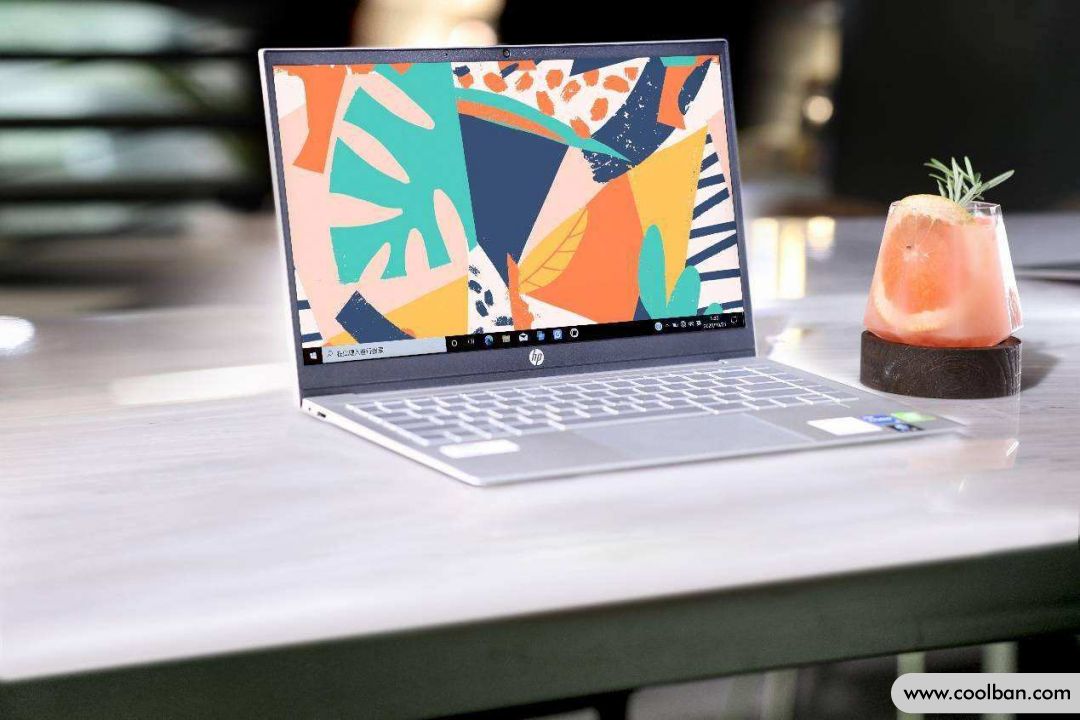Laptop classification science
As the production technology of electronic products becomes more and more advanced, people are more and more inclined to use portable notebook computers in work and life. But different types of laptops have different focus on performance. Today, the editor will introduce the different classifications of laptops for everyone.
At present, there are three main categories in the notebook computer market:
1. Thin and light notebook: positioned for long standby time for work/study/travel;
2. Game book: a performance machine designed for portable/game;
3. High-end: It is positioned as a mobile workstation for technology companies.
Next, we will discuss the differences between the various categories in detail.

Thin and light notebook: prepared for general business trip parties and home student parties.
Intel launched the ultra-thin notebook market in 2011, when it established a $300 million market fund to promote thin and light as the new standard in modern notebook design. The goal is to achieve an extremely thin and light design concept with the following criteria:
A low-voltage Core-i U-series CPU with 5 to 8 hours of battery life;
Solid state drive (SSD) is recommended; unnecessary slots/ports are eliminated; a one-spindle design is recommended, and the optical drive is eliminated in the shape design; the weight is limited to half of the average computer - 1.4 kg; limit Thickness not more than 20mm.
The generation of each demand will affect the trend of the entire notebook computer design. The main customer groups of thin and light notebooks are users who hardly play games and have a lot of learning and work needs. As far as today's thin and light notebooks are concerned, they all meet the above requirements without exception, so on the basis of the above standards, there are some requirements that are more in line with productivity:
1. Better screen: no longer stick to 1080P resolution;
2. Narrower frame design: a better-looking screen ratio;
3. Lower power consumption design: bring longer Xuhang time;
4. Fast charging function: support PD charging, can be mixed with mobile phones;
5. Lighter case: usually less than 1.4kg, easy to carry.
But the flaws of thin and light laptops are also obvious:
1. The ultra-thin volume leads to relatively mediocre performance, which is extremely unfriendly to games;
2. The ultra-light weight results in a relatively small screen, and the work area is not very friendly;
3. Due to design reasons, there are few external interfaces, which is not conducive to adding peripherals.

The appearance and weight of the all-around notebook is basically not much different from that of the thin and light notebook, but it is equipped with MX series graphics cards, which can provide stronger 3D performance, but it is not as good as the dedicated graphics card for gaming notebooks. Almost all the advantages and disadvantages of thin and light notebooks, all-round notebooks have them. The price is relatively high.
The design of gaming notebooks is completely different from thin and light notebooks, and various hardware configuration specifications are very high, such as CPU, graphics card, and power supply system are more bulky, which also causes many defects.
Compared with thin and light books, it has the following disadvantages:
1. Thicker body: increase the heat dissipation design;
2. Greater weight: put more cooling modules;
3. Worse battery life: higher power consumption;
4. More expensive price: the cost gap is large.

Of course, different types of laptops target different groups of users. For users, if it is just for office and watching movies, it is generally recommended to have a thin and light notebook for those who have requirements for battery life. For performance requirements, we recommend gaming laptops and desktops. However, it should be noted that the performance of a gaming laptop with the same parameters as that of a desktop computer is much lower. It is not possible to just look at the configuration for direct comparison. Moreover, the performance of the gaming laptop with the same configuration will also be different under different heat dissipation and power supply. Differs greatly.
The above is the popular science of laptop classification.
